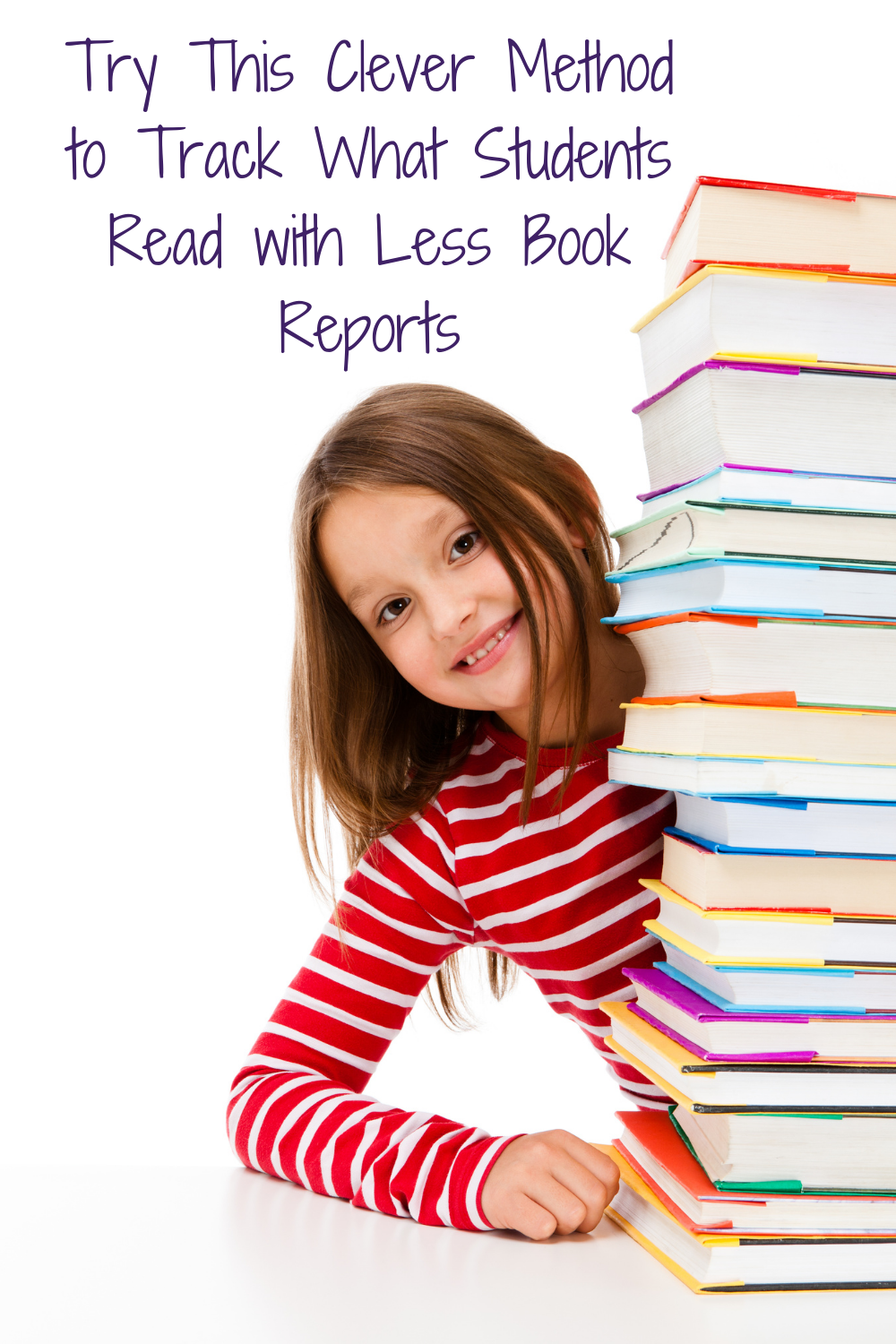Try This Clever Method to Track What Students Read with Less Book Reports
This post contains affiliate links. For more information, see my disclosures here.
Inside: Organizing your Classroom Library by Genre is an easy way to quickly see what books you have. As a bonus, it also allows you to track what books students read without spending hours reading through book reports.
The sip of warm coffee settled in my throat as I sat down on the couch with a big blanket. The beautiful Sunday morning sun shone in the window.
It would have been a perfect morning as my daughter settled in next to me, knocking the pile of papers precariously stacked next to me to the floor.
And just like that, the reality of the morning broke through the coffee, sunshine, and daughter snuggles.
As much as I wanted to bask in the sun and caffeine and spend the morning watching cartoons with my daughter, the stack of book reports wasn’t going to grade itself.
I tried to hide my frustration at this realization as I picked up the papers, snuggled my daughter in next to me (why miss all the fun?), and took a gulp of coffee- which didn’t taste quite as good this time. May as well get started.
Have you met a teacher that loves reading and grading book reports? Or a student that loves writing them?
Taking the time to organize your classroom library by genre:
allows students to find books they are most interested in reading
provides an easy way to encourage students to learn about and read from a variety of genres
saves you from hours of grading book reports
The best part is it requires a simple one-time setup.
Classroom Library Organization
Organizing your classroom library by genre is a simple process that will help keep your classroom books where they belong.
Color Coding
Gather all of your books and sort them into stacks by genre. You can make this as simple or in-depth as you like.
Some suggestions for genres are:
Fantasy
Science Fiction
Mystery
Biography/Autobiography
Non-Fiction
You can also go further and break it into Western, Contemporary, Romance, etc.
I chose categories I know I want my students to explore more, so the five above work well in my classroom.
Colored stickers like the ones below, work well for me, but you can also print off your own as well. The goal is to be able to see it on the spine.
Use one color for each genre—for example, blue for mystery, orange for sci-fi. Place one sticker on the spine of each book. Placing them near the bottom of the spine seems to work well for not interfering too often with the title and author.
If you want to save yourself even more time, now is a great time to add any identifying information to the sticker.
I like adding the reading level to the sticker on each book. If you're considering a low-tech classroom library check-out system, now is a great time to take care of that as well.
Once you have all of your books labeled, they can go back onto your shelves sorted by matching color/genre.
Congratulations! You now have a color-coded library sorted by Genre!
But Wait! There’s More!
At the beginning of this article, I mentioned this would somehow save you from endless hours of reading book reports.
After assigning a color to each genre, you're ready to encourage your students to expand their reading!
You can have students
Read one book from each color/genre in a quarter
Read three books from one genre and compare
Read books from three genres and then make a poster arguing which is best
Make Tracking Simple
If you have a recipe box sitting empty, now is a great time to get it out. If not, they are reasonably inexpensive.
You will also need index card guides and index cards that match the colors you have assigned to each genre.
Write each of your students’ names on an index card guide and place the guides in the recipe card box.
Each time a student reads a book of a specific genre/color, they take an index card that matches the color and write about the book according to your directions.
Suggestions for what students could put on the index card:
Book Title
Favorite Part
One Sentence Summary
Why No One Should Ever Read This Book
You can be as creative as you would like. Example cards placed in the front of the recipe box can help students remember how to format and what to add to their card.
After they have completed their index card, they can place it behind their name in the card box.
No More Book Reports
With this system you
Can easily see how many books each student has read
Can identify how students are progressing toward the goal of reading different genres
Modify for different student learning needs by increasing/decreasing the number of cards, genres, etc
Perhaps make it to the fountain in between classes instead of desperately attempting to finish grading one more book report
Enjoy your weekend coffee














